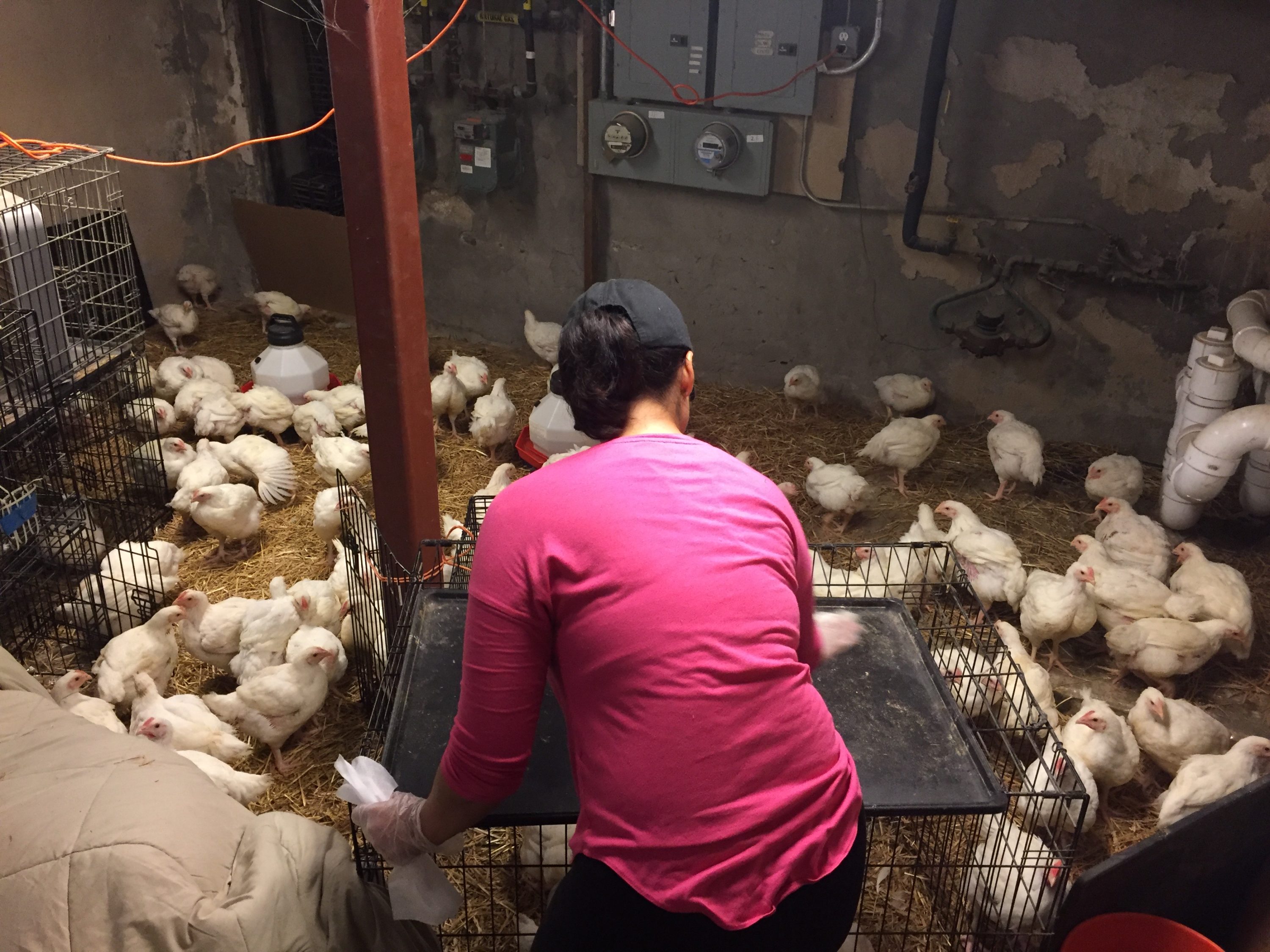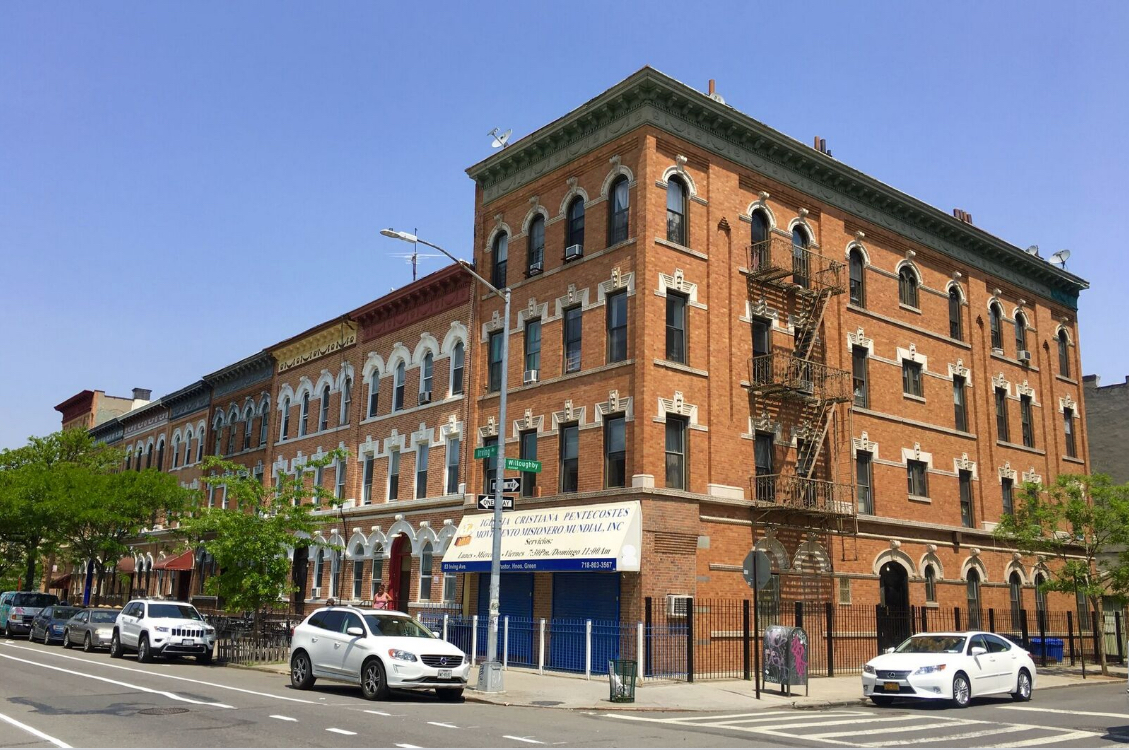After Kaporos: The Bushwick brownstone that serves as a chicken rescue center

Activists brought hundreds of chickens from the Kaporos ritual to “safe houses” around Brooklyn, like this one in Bushwick. Eagle photo by Alex Williamson
Throughout the three days leading up to Yom Kippur, the “Day of Atonement” in Judaism, roughly 50,000 chickens are slaughtered in pop-up butcher stands in the streets of Hasidic communities in Crown Heights, South Williamsburg and Borough Park.
Animal rights activists have protested the ritual, called Kaporos or Kapparot, for nearly a decade, most opting in the past two years for more peaceful demonstrations aimed at providing the animals with comfort rather than clashing outright with religious adherents.
At a Kaporos site on Eastern Parkway and Kingston Avenue in Crown Heights on Monday, activists fed chickens through crates while others confronted the families buying chickens and used their phones to record them.
